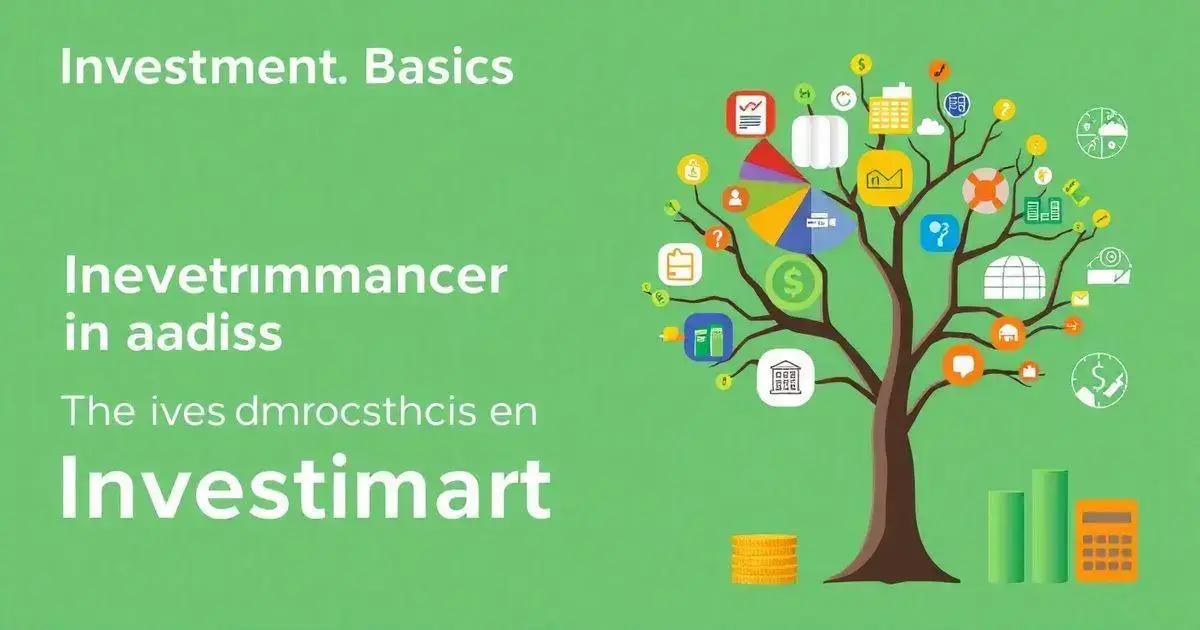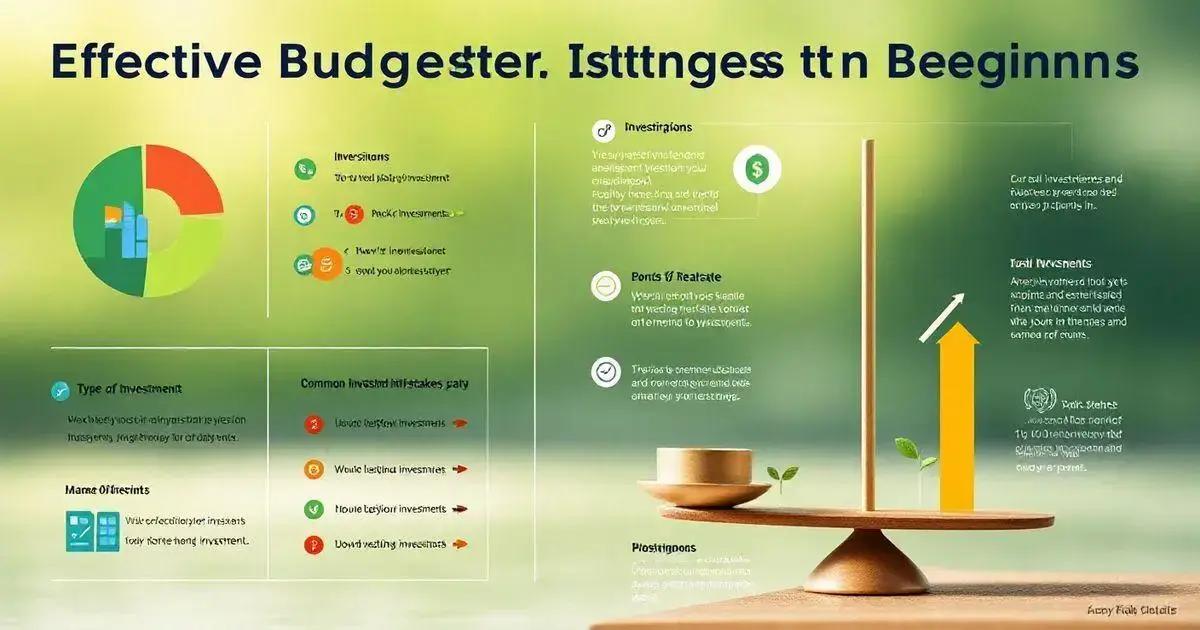Managing money can feel overwhelming, especially if you’re just starting your financial journey. With bills to pay, groceries to buy, and unexpected expenses popping up, it’s easy to feel like there’s never enough money at the end of the month. If you’ve ever wondered where your money goes or why saving seems impossible, you’re not alone. The truth is, financial stability isn’t about how much you earn—it’s about how well you manage what you have.
Budgeting is the key to taking control of your finances. It helps you track your income, prioritize spending, and ensure you’re setting aside money for future goals. The problem is that many people think budgeting means cutting out all the fun and living on a strict financial diet. In reality, an effective budget isn’t about restrictions—it’s about freedom. A good budget gives you the confidence to spend without guilt, save without stress, and invest in your future without fear.
If you’re a beginner, the idea of creating a budget might seem complicated, but it doesn’t have to be. With the right strategies, you can build a simple, flexible, and effective budget that works for your lifestyle. The goal is to create a plan that helps you cover your essentials, enjoy your life, and still save for the future. Whether you want to pay off debt, save for a big purchase, or just stop living paycheck to paycheck, the right budgeting strategies can help you get there.
Understanding where to start is often the hardest part. Should you write everything down? Use an app? Follow a specific budgeting rule? The good news is that there are multiple approaches to budgeting, and the best one is the one that fits your needs. Some people prefer strict, detailed plans, while others need more flexibility. No matter your style, the key is to find a method that helps you develop good financial habits and stick with them over time.
One of the simplest and most effective budgeting methods is the 50/30/20 rule. This approach divides your income into three main categories: 50% for needs, 30% for wants, and 20% for savings and debt repayment. This strategy ensures that you’re covering your basic expenses while still leaving room for enjoyment and financial growth. If you struggle with saving money or find yourself overspending, the 50/30/20 method provides a structured but flexible approach to managing your finances.
Another powerful budgeting strategy is zero-based budgeting. This method requires you to assign every dollar of your income to a specific expense, savings goal, or investment. At the end of the month, your income minus expenses should equal zero. This technique forces you to be intentional with your money and ensures that no dollar goes to waste. It’s particularly useful for people who want to be highly detailed with their finances and avoid unnecessary spending.
For beginners who prefer a hands-off approach, there are plenty of budgeting apps that can automate the process. Apps like Mint, YNAB (You Need a Budget), and EveryDollar help track your spending, categorize expenses, and provide insights into where your money is going. These tools make budgeting easier by eliminating the need for spreadsheets or manual tracking. If you often forget to review your finances, using a budgeting app can help you stay on track with minimal effort.
Another essential part of budgeting is building an emergency fund. Life is unpredictable, and unexpected expenses—like car repairs, medical bills, or job loss—can quickly derail your finances. Without an emergency fund, many people are forced to rely on credit cards or loans, which can lead to long-term debt. A good rule of thumb is to save at least three to six months’ worth of living expenses in a high-yield savings account. Even if you can only save a small amount each month, starting now will provide financial security when you need it most.
Cutting expenses is another effective way to make your budget work for you. Many people don’t realize how much money they waste on non-essential purchases. Small expenses, like daily coffee shop visits, unused subscriptions, and impulse buys, can add up over time. While there’s nothing wrong with treating yourself occasionally, identifying areas where you can cut back can free up more money for savings and investments. Simple changes, like cooking at home instead of eating out, using public transportation, or canceling unnecessary subscriptions, can significantly impact your financial health.
One of the most important aspects of budgeting is setting clear financial goals. Without a goal, it’s easy to lose motivation and fall back into old spending habits. Whether your goal is to pay off debt, save for a vacation, buy a home, or build an investment portfolio, having a clear purpose makes budgeting more meaningful. Write down your goals, break them into smaller steps, and track your progress regularly. When you see how your budgeting efforts are helping you move closer to your dreams, it becomes much easier to stay committed.
Sticking to a budget requires discipline, but it doesn’t mean you can’t enjoy life. One way to make budgeting easier is to allow room for fun money. If your budget is too restrictive, you might feel deprived and give up altogether. Instead, set aside a small portion of your income for guilt-free spending. This allows you to enjoy dining out, hobbies, or entertainment while still maintaining financial responsibility.
Another key to successful budgeting is accountability. If you struggle to stick to your financial plan, consider finding an accountability partner. This could be a friend, family member, or even a financial coach. Having someone to check in with can keep you motivated and help you stay on track with your goals. Some people also find success in joining online personal finance communities, where they can share their progress and learn from others who are on the same journey.
It’s also important to review and adjust your budget regularly. Life circumstances change, and your budget should reflect those changes. If you get a raise, receive a bonus, or experience an unexpected expense, update your budget accordingly. Regularly reviewing your finances ensures that your budget remains effective and continues to support your goals.
For those who are dealing with debt, budgeting becomes even more critical. High-interest debt, like credit cards, can quickly drain your finances if not managed properly. If you have multiple debts, consider using the debt snowball or debt avalanche method to pay them off efficiently. The debt snowball method involves paying off the smallest debt first to build momentum, while the debt avalanche method prioritizes paying off the highest-interest debt to save the most money. Whichever method you choose, the key is consistency—making regular payments and avoiding new debt whenever possible.
One common misconception about budgeting is that it’s only for people who are struggling financially. In reality, even high earners benefit from budgeting. No matter how much money you make, having a financial plan ensures that you are maximizing your wealth-building potential. Many successful people, including millionaires, use budgeting to manage their money efficiently and grow their net worth.
Ultimately, budgeting is about creating financial freedom. When you have control over your money, you can make choices that align with your values and long-term goals. Whether you want to retire early, travel the world, or provide for your family, a well-structured budget is the foundation that makes those dreams possible.
If you’ve never budgeted before, the most important thing is to start. Your first budget doesn’t have to be perfect—it just needs to give you a clear picture of where your money is going. Over time, as you refine your approach and learn what works best for you, budgeting will become second nature. The sooner you take control of your finances, the sooner you’ll experience the peace of mind that comes with financial stability.
By applying these effective budgeting strategies, you’ll be well on your way to achieving financial success. Remember, budgeting isn’t about restricting yourself—it’s about making sure your money works for you. Start today, stay consistent, and watch your financial confidence grow.
Understanding Investment Goals and Risk Tolerance
Setting clear investment goals is crucial to achieving financial success. It’s essential to determine your risk tolerance, considering factors such as your age, income, and financial goals. Are you looking for long-term growth or short-term income? Do you have a high-risk or low-risk appetite? Answering these questions will help you develop a personalized investment strategy that aligns with your financial objectives. By understanding your investment goals and risk tolerance, you can make informed decisions and avoid costly mistakes.
Diversification is a cornerstone of successful investing. It involves spreading your investments across different asset classes, sectors, and geographic regions to minimize risk. By diversifying your portfolio, you can reduce your exposure to market volatility and increase your chances of achieving your financial goals. A well-diversified portfolio can provide a stable source of returns, even in turbulent economic times. Don’t put all your eggs in one basket – diversify your investments to ensure long-term success.
As a beginner, it’s essential to understand the different types of investments available. Stocks, bonds, ETFs, and mutual funds are popular options, each with its own benefits and risks. Understanding these investment options can help you make informed decisions and create a diversified portfolio. For example, stocks offer the potential for long-term growth, while bonds provide a relatively stable source of income. ETFs and mutual funds offer a mix of both. Don’t be overwhelmed by the choices – start with a solid understanding of each type and gradually build your portfolio.
Building an investment portfolio requires a thoughtful and disciplined approach. It’s essential to set clear goals, assess your risk tolerance, and diversify your investments. A solid portfolio should include a mix of low-risk and high-risk investments, as well as a combination of short-term and long-term investments. Regularly review and rebalance your portfolio to ensure it remains aligned with your financial objectives. By following these principles, you can create a portfolio that generates steady returns and helps you achieve your long-term financial goals.
Investing in the stock market can be challenging, especially for beginners. Common mistakes to avoid include emotional decision-making, lack of diversification, and inadequate research. Avoid chasing hot stocks or trends, and never invest more than you can afford to lose. It’s also essential to educate yourself on investing and regularly review your portfolio to ensure it remains aligned with your financial objectives. By avoiding these common mistakes, you can make informed investment decisions and achieve long-term financial success.
The Importance of Diversification in Investment

Setting clear investment goals is crucial to achieving financial success. It’s essential to determine your risk tolerance, considering factors such as your age, income, and financial goals. Are you looking for long-term growth or short-term income? Do you have a high-risk or low-risk appetite? Answering these questions will help you develop a personalized investment strategy that aligns with your financial objectives. By understanding your investment goals and risk tolerance, you can make informed decisions and avoid costly mistakes.
For instance, if you’re seeking long-term growth, you may consider investing in stocks or mutual funds. On the other hand, if you’re looking for short-term income, bonds or CDs may be a better option. It’s also essential to assess your risk tolerance, as this will help you avoid making impulsive decisions based on market fluctuations.
Types of Investments for Beginners
Investing in the stock market can seem daunting, especially for beginners. However, by understanding the different types of investments available, you can make informed decisions and create a diversified portfolio.
Stocks, bonds, ETFs, and mutual funds are popular options, each with its own benefits and risks. Stocks offer the potential for long-term growth, while bonds provide a relatively stable source of income. ETFs and mutual funds offer a mix of both, providing diversification and potentially lower fees. Real estate and commodities are also alternative investment options to consider.
It’s essential to educate yourself on each type of investment and consider your financial goals and risk tolerance before making a decision.
Building an Investment Portfolio

A well-structured investment portfolio is essential for achieving long-term financial success. It’s crucial to set clear goals, assess your risk tolerance, and diversify your investments.
A solid portfolio should include a mix of low-risk and high-risk investments, as well as a combination of short-term and long-term investments. Consider investing in a mix of stocks, bonds, and real estate to spread risk and increase potential returns.
It’s also essential to regularly review and rebalance your portfolio to ensure it remains aligned with your financial objectives. For instance, you may need to adjust your portfolio as you get closer to retirement or if your financial goals change.
Common Investment Mistakes to Avoid
Investing in the stock market can be challenging, especially for beginners. Avoiding common mistakes is crucial to achieving long-term financial success.
Emotional decision-making, lack of diversification, and inadequate research are common pitfalls to avoid. Don’t chase hot stocks or trends, and never invest more than you can afford to lose.
It’s also essential to educate yourself on investing and regularly review your portfolio to ensure it remains aligned with your financial objectives.
For instance, avoid investing in individual stocks without conducting thorough research or seeking professional advice. Additionally, be cautious of investment schemes that promise unusually high returns or those that require you to invest a large amount of money.
Frequently Asked Questions – Investment Basics
What are the common investment mistakes to avoid?
Common investment mistakes to avoid include emotional decision-making, lack of diversification, and inadequate research. Don’t chase hot stocks or trends, and never invest more than you can afford to lose. It’s also essential to educate yourself on investing and regularly review your portfolio to ensure it remains aligned with your financial objectives.
How do I set clear investment goals?
Setting clear investment goals is crucial to achieving financial success. It’s essential to determine your risk tolerance, considering factors such as your age, income, and financial goals. Are you looking for long-term growth or short-term income? Do you have a high-risk or low-risk appetite?
What is the importance of diversification in investment?
Diversification is a cornerstone of successful investing. It involves spreading your investments across different asset classes, sectors, and geographic regions to minimize risk. By diversifying your portfolio, you can reduce your exposure to market volatility and increase your chances of achieving your financial goals.
What types of investments are available for beginners?
Investing in the stock market can seem daunting, especially for beginners. However, by understanding the different types of investments available, you can make informed decisions and create a diversified portfolio. Stocks, bonds, ETFs, and mutual funds are popular options, each with its own benefits and risks.
How do I build an investment portfolio?
Building an investment portfolio requires a thoughtful and disciplined approach. It’s essential to set clear goals, assess your risk tolerance, and diversify your investments. A solid portfolio should include a mix of low-risk and high-risk investments, as well as a combination of short-term and long-term investments.

